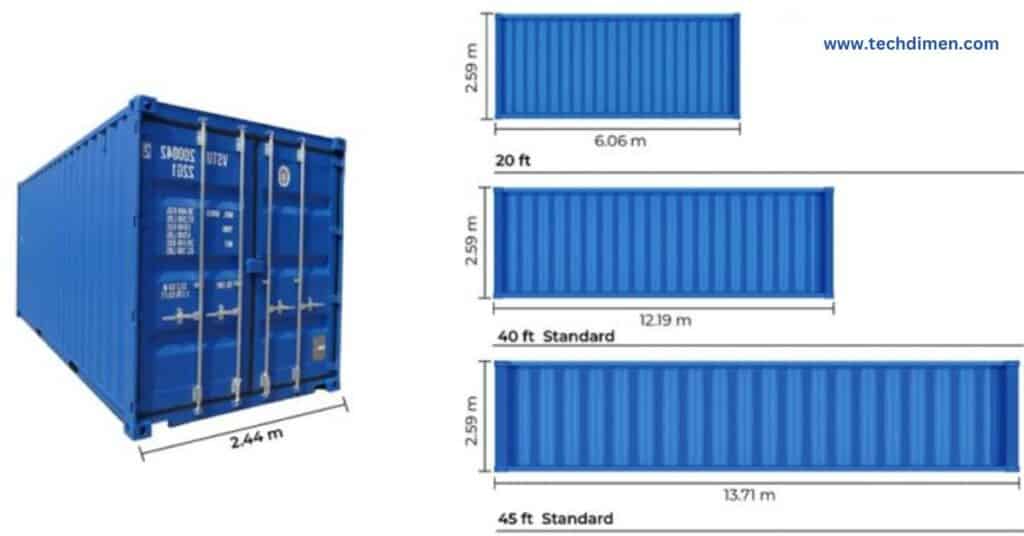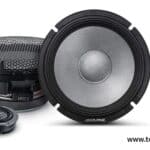A Standard Shipping Container are indispensable in global logistics, offering secure and efficient solutions for transporting goods over vast distances. Choosing the right container can feel overwhelming, especially with various types, sizes, and features available. This guide provides in-depth insights to help you make an informed decision tailored to your specific needs.
Key Factors in Selecting a Standard Shipping Container
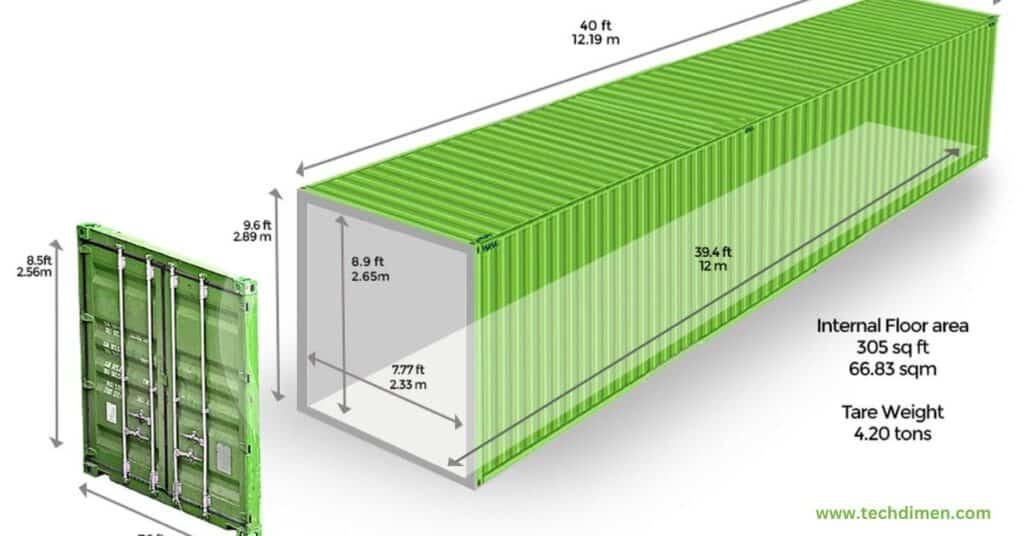
The first step in selecting a shipping container is defining your purpose. Will you use it for long-term storage, transportation, or temporary needs? If you need a container for a short period, renting might be the better choice. However, if the requirement is long-term, purchasing a new or used container is more cost-effective. Used containers can be an affordable option, but it’s essential to inspect them thoroughly for rust, structural damage, or compromised seals.
| Factor | Consideration | Impact |
|---|---|---|
| Purpose | Short-term or long-term use? Renting vs. buying. | Determines whether to buy or rent. |
| Size | 20ft, 40ft, or High Cube containers? | Impacts storage and transport efficiency. |
| Condition | New or used container? Inspect for damage, rust, or leaks. | Affects durability and safety. |
| Cargo Type | Are you transporting perishable, hazardous, or dry goods? | Determines the need for specialized containers like reefer or ISO tanks. |
| Security Features | Tamper-proof locks, GPS tracking, sealing methods. | Ensures goods are protected during transit. |
Size is a critical consideration. Standard options include 20-foot and 40-foot containers, with variations like high cube containers offering extra vertical space. A 20-foot container has a capacity of 1,172 cubic feet, while a standard 40-foot container holds 2,390 cubic feet. High cube containers, often used for larger shipments, add extra headroom, providing 2,694 cubic feet. If you’re unsure about the size, a container size calculator can help match your cargo dimensions to the most suitable container.
| Container Type | Length | Width | Height | Internal Volume | Common Use |
|---|---|---|---|---|---|
| 20ft Standard | 20 feet | 8 feet | 8 feet | 1,172 cubic feet | General cargo, household goods |
| 40ft Standard | 40 feet | 8 feet | 8 feet | 2,390 cubic feet | Large shipments, industrial goods |
| High Cube | 40 feet | 8 feet | 9.5 feet | 2,694 cubic feet | Goods needing extra headroom |
Freight Dimensions and Weight Standard Shipping Container
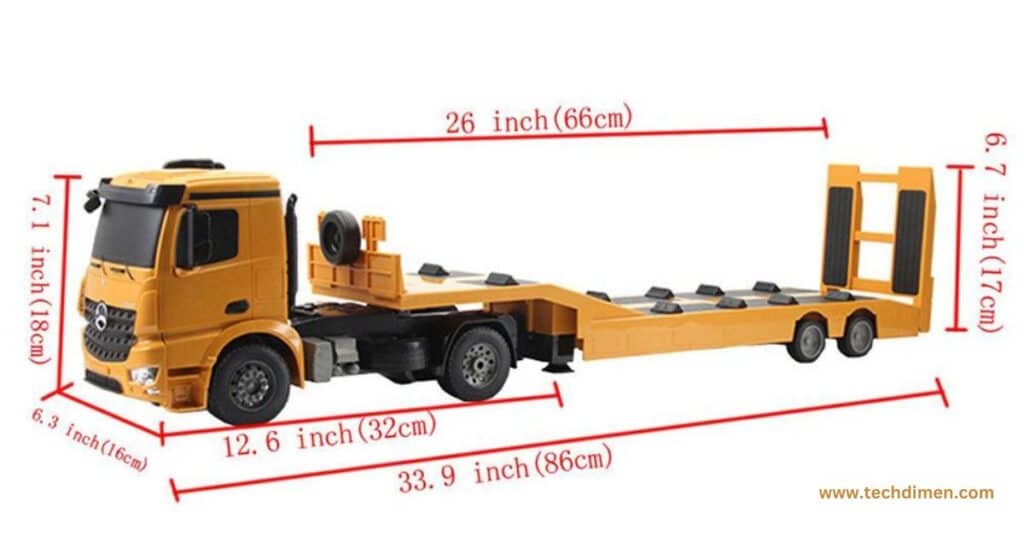
Accurately measuring your cargo is vital to selecting the right container. Measure the length, width, and height of your cargo, accounting for any packaging. The internal dimensions of the container must accommodate these measurements while leaving adequate space for safe loading and unloading.
| Dimension Type | Measurement Method | Importance |
|---|---|---|
| Length | Measure the longest side of the cargo. | Ensures the cargo fits comfortably within the container. |
| Width | Measure the widest side of the cargo. | Determines whether the cargo will fit in a standard container. |
| Height | Measure the tallest side of the cargo. | Essential for ensuring proper stacking and securing. |
| Weight | Calculate the gross weight (cargo + packaging). | Ensures the container’s weight limit is not exceeded. |
Weight is equally critical. Containers have specific limits: the tare weight (empty container), payload capacity (maximum cargo weight), and gross weight (combined tare weight and payload). If your cargo is irregularly shaped or oversized, calculating the girth (the sum of twice the width and height plus the length) will ensure the container meets your needs.
| Container Type | Tare Weight | Payload Capacity | Gross Weight | Common Use |
|---|---|---|---|---|
| 20ft Standard | 2,300 kg | 22,000 kg | 24,300 kg | Standard cargo |
| 40ft Standard | 3,750 kg | 26,000 kg | 29,750 kg | Larger shipments |
| High Cube | 3,850 kg | 26,000 kg | 29,850 kg | Larger, taller goods |
Selecting the Right Container for Specific Cargo
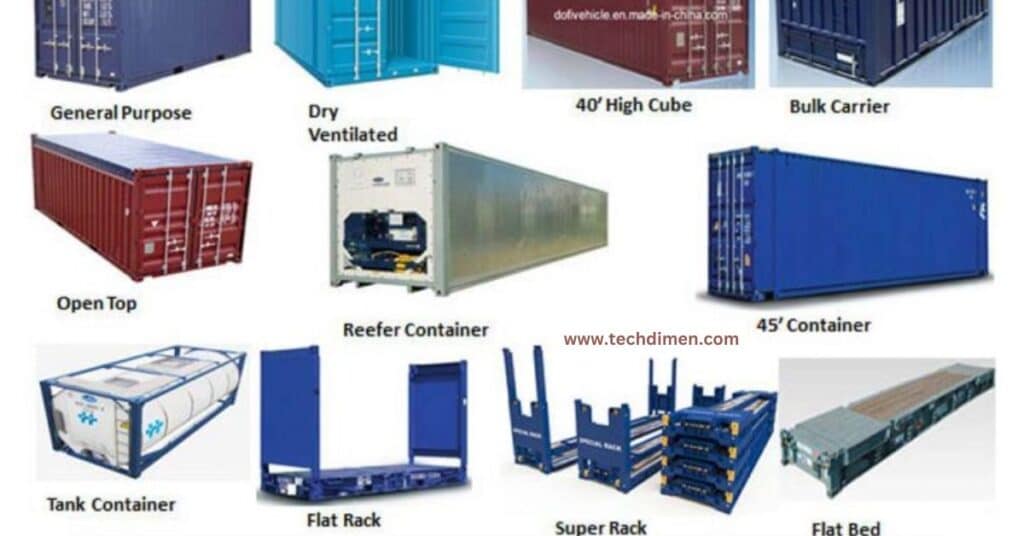
Transporting perishable goods, such as fresh vegetables, requires containers that maintain stable temperatures. Reefer containers are equipped with advanced temperature control systems, ensuring goods remain fresh during transit. They are commonly used for transporting fruits, vegetables, meat, and pharmaceuticals.
| Cargo Type | Recommended Container | Temperature Range | Use Case |
|---|---|---|---|
| Fresh Vegetables | Reefer Container | 32°F to 50°F (0°C to 10°C) | Prevent spoilage, preserve freshness |
| Meat & Fish | Reefer Container | -20°F to 32°F (-29°C to 0°C) | Maintain frozen condition |
| Pharmaceuticals | Reefer Container | 36°F to 46°F (2°C to 8°C) | Safe transport of temperature-sensitive meds |
Shipping live animals presents unique challenges. Containers must provide sufficient ventilation, space, and feeding systems to ensure the animals’ safety and comfort. It is crucial to comply with guidelines such as the International Air Transport Association (IATA) Live Animals Regulations. Durable containers designed specifically for livestock transportation can prevent unnecessary stress and injuries.
| Animal Type | Recommended Container | Ventilation | Space Requirements |
|---|---|---|---|
| Livestock | Livestock Container | High ventilation, adjustable windows | Space for movement, feeding and watering systems |
| Pets | Airline-Approved Container | Sufficient ventilation holes | Room for turning around, sitting, and lying down |
For liquid cargo, ISO tank containers are the optimal choice. These containers are built to transport both food-grade liquids and industrial chemicals. They are designed with robust sealing systems to prevent leaks and contamination. Regular maintenance ensures their longevity and safety during use.
| Liquid Type | Recommended Container | Features |
|---|---|---|
| Food-grade liquids | ISO Tank Container | Stainless steel, leak-proof, easy unloading |
| Chemicals | ISO Tank Container | Strong seals, temperature control, corrosion resistance |
Legal and Regulatory Considerations

Adhering to international standards is essential for seamless shipping. Shipping containers must meet ISO specifications, ensuring compatibility and quality. Proper labeling and documentation are crucial to avoid delays at customs checkpoints. Additionally, environmentally sensitive goods must comply with eco-friendly shipping regulations to reduce their environmental impact.
| Regulation | Application | Impact |
|---|---|---|
| ISO 668 | Standard for container types and dimensions | Ensures container compatibility in global shipping. |
| IATA Live Animal Regulations | Required for transporting live animals | Prevents animal stress and injuries during transit. |
| Environmental Regulations | Mandates eco-friendly packaging for certain goods | Reduces environmental impact of transport. |
Shipping live animals or hazardous materials involves stricter legal oversight. Always verify the regulations specific to the cargo type and destination country to avoid penalties or shipment refusals.
FAQs about a Standard Shipping Container
When selecting a shipping container, there are common questions that arise. Here are the answers to some frequently asked questions:
How Long Do Shipping Containers Last?
Shipping containers are incredibly durable and can last between 10 to 15 years with proper maintenance. Regular inspections and care, such as treating rust and ensuring structural integrity, can extend their lifespan. The longevity also depends on the container’s usage, as those used for harsh environments may wear out more quickly.
Can I Modify a Shipping Container?
Yes, you can modify a shipping container as long as the modifications meet ISO standards and do not compromise the container’s structural integrity. Modifications such as adding windows, doors, or shelving units are common. However, modifications should be done with care to ensure that the container remains strong and secure for its intended use.
What is the Cost of a Reefer Container?
Reefer containers, which are refrigerated, are typically more expensive than standard containers. Their cost can range from 30% to 50% higher due to the added refrigeration technology. However, this cost is justified by the ability to transport temperature-sensitive goods such as fresh produce, pharmaceuticals, or chemicals.
Can Shipping Containers Be Used for Storage?
Yes, shipping containers are often used for storage due to their robust structure, portability, and security. They can serve as temporary or long-term storage solutions for household goods, industrial equipment, or construction materials. When using containers for storage, it’s essential to ensure they are well-maintained to prevent issues like rust, water leakage, or theft.
Are Shipping Containers Secure?
Shipping containers are designed with strong steel walls and secure locking mechanisms, making them very secure. However, additional security measures, such as tamper-proof locks, GPS tracking systems, or alarm systems, can be added for enhanced protection, especially if the container is stored in an unsecured area.
How Do I Choose Between Renting or Buying a Shipping Container?
The choice between renting or buying depends on the duration of your need and the container’s intended use. If you need a container for short-term use, renting is typically more cost-effective. On the other hand, buying a container may be the better option if you need it for long-term storage or frequent use, as it offers better value over time.
What Are the Different Types of Shipping Containers?
Shipping containers come in a variety of types, each designed for specific cargo. Some common types include:
- Standard Containers: Most commonly used for general cargo, available in 20ft or 40ft sizes.
- Reefer Containers: These are refrigerated containers used for perishable items like food and pharmaceuticals.
- High Cube Containers: These containers offer extra height, making them ideal for bulky or tall items.
- Open Top Containers: Used for cargo that can’t be loaded through the doors, such as oversized machinery.
- Flat Rack Containers: Designed for heavy or oddly-shaped goods that don’t require a traditional enclosed container.
What Is the Difference Between Tare Weight and Payload Capacity?
Tare weight refers to the weight of the empty container, while payload capacity is the maximum weight the container can carry, excluding its own weight. It’s essential to know the tare weight and payload capacity when selecting a container, as exceeding the capacity can lead to safety concerns and legal issues.
Can Shipping Containers Be Used for International Shipping?
Yes, shipping containers are designed to meet international standards and can be used for global shipping. Containers that meet ISO (International Organization for Standardization) standards are universally recognized and can be transported by sea, road, or rail across international borders.
Conclusion
Choosing a standard shipping container requires careful consideration of your needs, from size and cargo type to insulation and security. By understanding the specifications of 20-foot and 40-foot containers, the benefits of reefer and ISO tank containers, and the importance of adhering to legal standards, you can make an informed decision. Proper planning ensures that your goods are transported safely, efficiently, and cost-effectively. Whether you’re shipping fresh produce, live animals, or industrial goods, selecting the right container is the foundation of successful logistics.

Jhon AJS is a tech enthusiast and author at Tech Dimen, where he explores the latest trends in technology and TV dimensions. With a passion for simplifying complex topics, Jhon aims to make tech accessible and engaging for readers of all levels.

